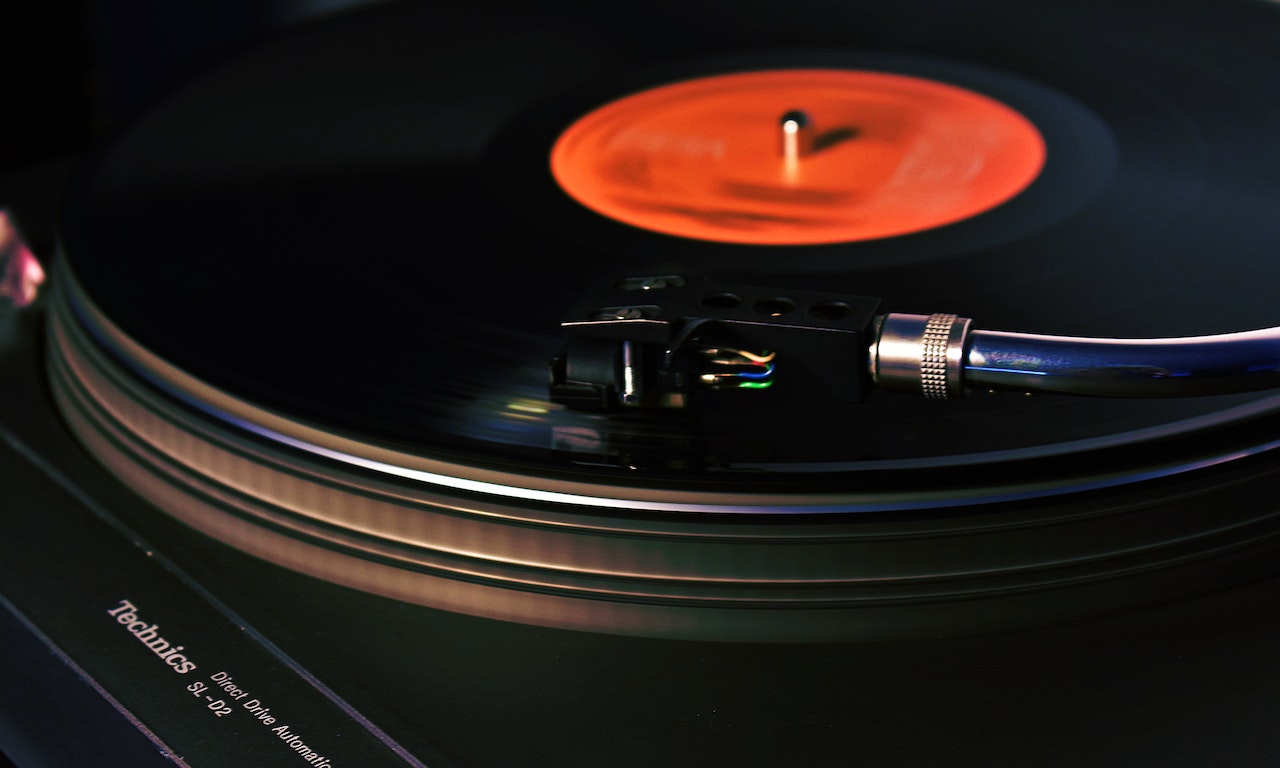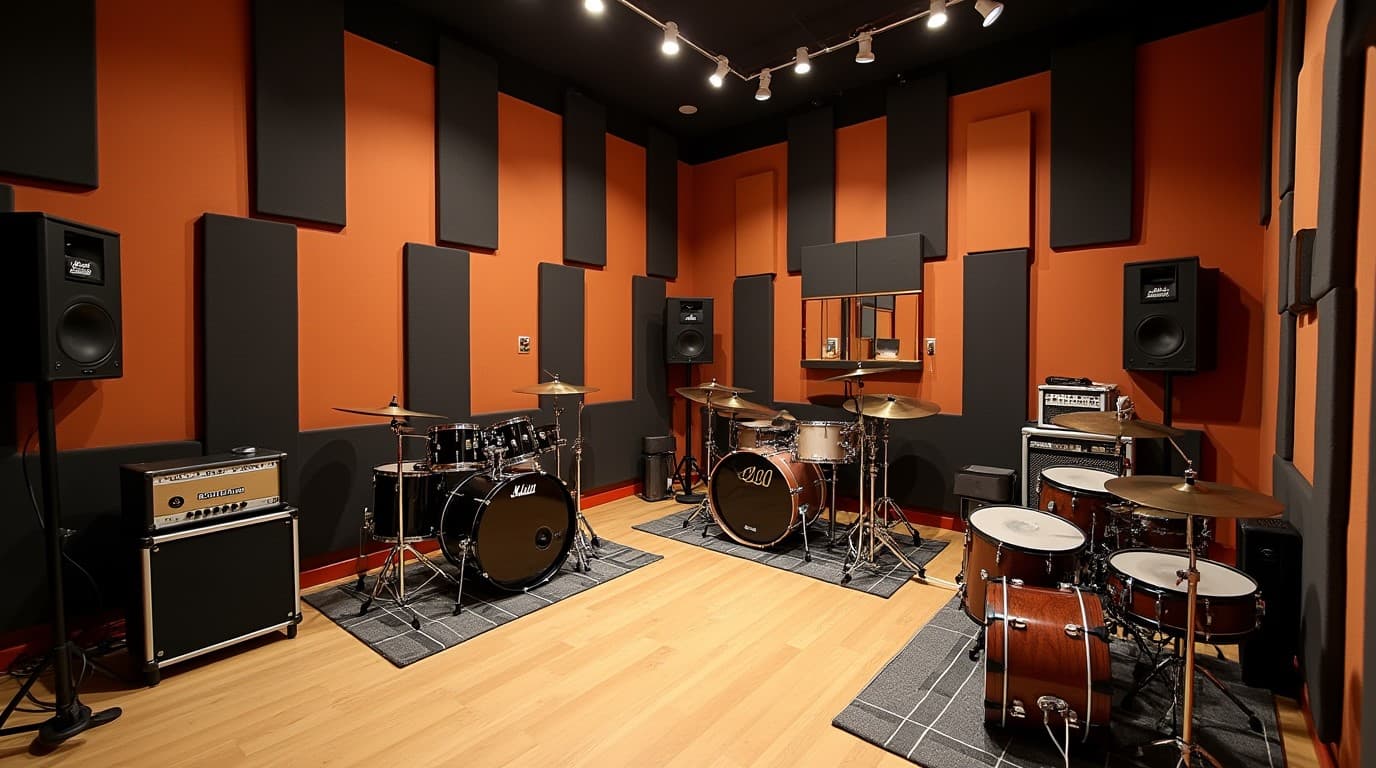The Evolution of Autograph’s Signature Sound
Autograph has always been more than catchy hooks and high-octane performances—their sound is a sonic fingerprint. Crisp vocals, tight guitar riffs, and punchy drums define the energy fans expect. But creating that sound in the studio is one thing. Delivering it live, night after night, is a different challenge altogether.
As the band played bigger shows, they noticed their studio clarity didn’t always translate to the stage. Guitars got lost, vocals didn’t cut through, and low-end frequencies would muddy up the mix. That’s when they began looking into sound proofing services—not just to manage volume but to take control of their sonic environment. It was the first step toward treating their sound as a full-spectrum experience, not just a performance.
That mindset shaped their entire approach to acoustic engineering. Over the years, they committed to refining every space they played or rehearsed in, ensuring their signature sound wasn’t lost to bad acoustics or uncontrolled environments.
Behind the Scenes of Rehearsal Space Development
It all started in rehearsal. Back then, the band dealt with the usual problems—muddy tone, harsh reflections, uneven monitoring. They realized that to elevate their live sound, they had to start where the music was built.
They brought in acoustic professionals to assess and upgrade their space. The goal wasn’t just to manage volume—it was to shape a room where every sonic detail could be heard clearly. They treated the walls, ceiling, and corners with expert guidance to eliminate resonance and balance the room’s frequency response.
The result? A rehearsal environment that felt more like a precision studio. The band could fine-tune tone, dynamics, and performance in real time. This changed the way they practiced and gave them total confidence when stepping on stage.
The Technical Side of Live Sound Mastery
Technology has always been a major part of Autograph’s live setup. They’ve embraced gear that enhances clarity and control from in-ear monitors to custom amp modeling. But even the best equipment can fall short if the acoustic environment isn’t right.
That’s why their engineers take venue acoustics seriously. Whether it’s a club, theater, or arena, the team adapts the sound strategy to the space. Line arrays are tuned to reduce reflections. Drum kits are isolated to prevent low-end bleed. Even mic placement is adjusted to suit each stage.
It’s a collaborative process. The engineers walk the room, run tests, and tweak settings until the sound hits that sweet spot. This hands-on approach has helped the band maintain a consistent, powerful tone regardless of venue quirks.
Professional Soundproofing for Music Excellence
Over time, acoustic isolation became non-negotiable. The band realized that a controlled sonic environment wasn’t just about avoiding noise complaints—it was essential for capturing and refining their true sound.
Different types of sound proofing services came into play. Floating floors minimized vibrations. Specialized wall treatments reduced bleeding between rooms. Even air gaps and door seals were optimized to keep unwanted sound out and the band’s mix intact.
These upgrades had dual benefits. Internally, the band heard themselves better. Externally, they reduced sound leakage that could disrupt neighbors, venues, or recording gear. Most importantly, by working with experienced professionals, they avoided the trial-and-error of DIY fixes and got lasting results.
From Studio to Stage Acoustic Continuity
Autograph knew that fans expected the same energy and clarity live as they heard on the record. That meant bridging the gap between the controlled environment of the studio and the unpredictable nature of live venues.
To achieve that, they relied on consistent acoustic practices across both settings. In their rehearsal space, they mimicked studio conditions—tight bass response, minimal reflections, and clear midrange. On stage, they used strategic mic placement, careful monitoring setups, and EQ adjustments to replicate that same balance.
They also developed techniques to compensate for different acoustics on the fly. Rehearsing with variable sound settings helped them adapt fast when venues had more echo, tighter ceilings, or hollow stages. Over time, this approach became second nature and helped keep their sound tight and familiar from show to show.
The Role of Venue Acoustics in Autograph’s Performance Strategy
No two venues are alike, and Autograph learned early on that adapting to each space was essential. They didn’t leave it to chance. Before every show, their team assessed the room’s acoustic character—reverberation, bass behavior, reflection points—and made technical adjustments accordingly.
Pre-show protocols included walking the venue, testing with pink noise, and adjusting speaker angles and monitor levels based on room shape and size. Sometimes, temporary treatments like portable baffles or rug placement were used to fix difficult spots.
This attention to detail allowed them to work with the room instead of fighting it. They found ways to control the sound and maintain their signature tone even in less-than-ideal spaces. It wasn’t just about sounding good—it was about consistency and reliability, night after night.
Fan Experience Enhancement Through Acoustic Engineering
Every adjustment Autograph made behind the scenes was ultimately for the fans. Better acoustics meant tighter performances, clearer vocals, and more impact from every riff and solo. When the sound is dialed in, the crowd feels it.
There were moments that proved this clearly. At one outdoor show in California, a venue known for tricky acoustics, the team implemented a custom speaker configuration and monitoring system. Fans said it was the best they’d ever heard the band live—sharp, balanced, and immersive.
Over the years, concertgoers noticed the difference. Comments shifted from “great energy” to “incredible sound.” That shift didn’t happen by accident—it resulted from years of refinement and dedication to acoustic quality.
Lessons for Aspiring Musicians From Autograph’s Acoustic Journey
Autograph’s story offers real takeaways for any band looking to improve. First, treat your rehearsal space like a critical tool—not just a room. Even small improvements in sound clarity can lead to tighter performances and better recordings.
Second, you don’t have to break the bank. Budget-friendly ways to control acoustics—like using rugs, bookshelves, or DIY panels—can make a noticeable difference. What matters is knowing your space and treating it with intent.
And finally, know when to bring in experts. If your sound isn’t translating from practice to performance, outside help can save you time, money, and frustration. Getting the sound right is a long game, but it’s one worth playing if you want to level up.
Modern Applications of Autograph’s Acoustic Principles
Today, Autograph continues to refine their approach. The band uses newer technologies like digital room analysis tools, modular acoustic systems, and software-based modeling to stay ahead of the curve.
They also build flexibility into their setups—making it easier to adjust for live streams, hybrid shows, or unconventional venues. What hasn’t changed is their belief in the fundamentals: great sound comes from great preparation, and acoustics are part of the performance.
As they look ahead, one thing’s clear—sound engineering isn’t just part of the process for Autograph. It is the process.

